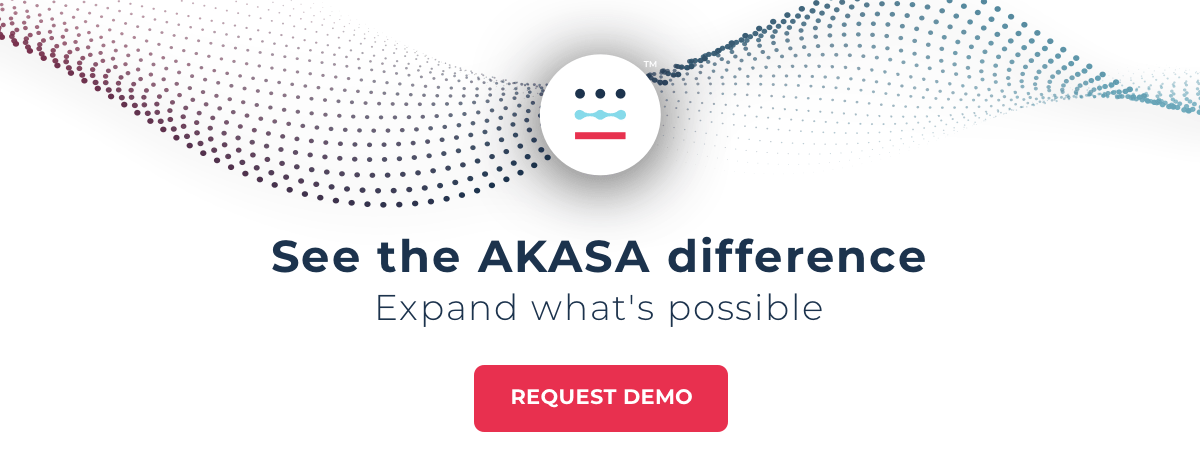The Gist
A recent Kaiser Family Foundation survey found 57% of people have medical debt and nearly the same amount think they have received bills with errors. The No Surprises Act and Price Transparency rule is a start, but it’s not enough. To curb the financial crisis, revenue cycle leaders must shift their focus to patient advocacy.
The cost of healthcare in the United States is already astronomical, reaching 4.1 trillion in 2020. But add in unexpected diagnoses, accidents or injuries, expensive screenings, tests, procedures, treatments, and hospital stays, and it can quickly rack up bills and lead to medical debt.
Unfortunately, this is the reality for more than half of Americans.
That’s according to the Kaiser Family Foundation’s (KFF) recent Health Care Debt Survey, which found that 57% of people have owed money for medical and dental bills within the last five years.
For those under 65 who have health insurance, the number is even higher: 61%.
People who have medical debt may be denied healthcare services, or are often forced to delay or skip care altogether. Many struggle to provide for their families, dipping into personal and retirement savings, and their credit scores are affected.
Although the purpose of the healthcare revenue cycle is to bring in the financing necessary to care for patients, health system leaders don’t often focus on that element; instead, they see it as a financial function and measure their staff members only on productivity and queues.
The mindset within the revenue cycle hasn’t traditionally been to help curb this financial epidemic. But if health systems want to succeed, they need to prioritize the patient experience and RCM needs to evolve from a back-office function to patient-first advocates.
~ Amy Raymond, SVP of Revenue Cycle Operations and Deployments
Medical Billing Errors Are Common
The healthcare revenue cycle is rife with opportunities for errors: incorrect demographics, insurance information, and coding, or lack of prior authorization, to name a few.
And it all trickles down to patients.
The KFF survey found that 53% of people with healthcare debt and 43% of all adults have received a medical or dental bill they believed had an error. And two-thirds thought it was for services that should have been covered by their health insurance.
When it came to disputing or resolving the errors, 79% of those with medical debt took action and were often successful.
Yet for 51%, they were either unsuccessful or didn’t attempt to dispute it. Plus, more than a third who thought the bill contained an error were sent to collections.
“Healthcare is complex, but today’s consumers should receive correct bills, the first time, every time, and should never be surprised by a bill.”
~ Amy Raymond, SVP of Revenue Cycle Operations and Deployments
A Lack of Advocacy for Patients With Medical Debt
When asked about the need for solutions like State-Consumer Assistance Programs (CAPs) to help resolve billing errors and disputes, the survey found that 7 in 10 people with medical debt said they thought CAPs could help them personally.
Although these programs have helped people save millions of dollars, federal funding for them has lapsed.
There have also been policy changes in recent years designed to improve healthcare consumerism and advocacy.
The No Surprises Act is one, and it’s designed to protect patients by restricting excessive out-of-pocket costs that result when consumers are unknowingly treated by out-of-network providers.
Plus, in January 2021, CMS started to require all U.S. hospitals to provide pricing information for 300 “shoppable services,” so healthcare consumers can shop and compare prices and estimate their costs before going to the hospital.
Yet a year later, and 85% of hospitals are still non-compliant.
Plus, patients are still confused about what pricing information is available and how to research it.
In an AKASA survey of more than 2,000 adults, only 36% indicated they have researched prices for healthcare services.
Advanced Technology Enables Patient Advocacy, Reduces Medical Debt
As health systems look to ways to improve the patient experience, and foster loyalty and retention, it has become more important than ever for revenue cycle teams to switch their focus from only meeting KPIs to caring for patients.
“If we’re going to reduce the amount of medical debt patients harbor and create viable scenarios and financing plans which benefit both providers and patients, the revenue cycle must evolve to be a patient advocacy organization.”
~ Amy Raymond, SVP of Revenue Cycle Operations and Deployments
For starters, billing staff should input patient information and engage the payer as soon as possible. This approach allows health systems and patients to know what will be covered, and it helps to ensure clean claims, thus preventing denials and surprise medical bills.
Patient access can also determine what additional resources are needed, such as financial counseling or assistance, so that patients can get the care they deserve without worrying whether they’ll be able to pay for it or have to delay a procedure, for example.
Here are three ways advanced technology can improve prior authorization.
Health systems are increasingly looking to automation to drive efficiencies, increase cash flow, and improve the patient financial experience.
With AI-powered solutions, in particular, revenue cycle teams can focus on the most challenging tasks, such as obtaining authorizations, understanding cost estimates, and managing denials.
Advanced solutions, like those powered by generative AI (GenAI), help prevents surprise medical bills and takes a lot of the tedious work off the plates of revenue cycle specialists, freeing them up to become patient advocates.
With more time in their days, staff can provide financial counseling and improve the patient experience — while also improving their organization’s bottom line.
Streamlining Efforts with GenAI
With advanced technology powered by GenAI, your team can find time to focus their efforts on patient advocacy, and tackling any pricing-related issues.
The AKASA platform brings together GenAI, large language models (LLMs), and people with deep revenue cycle expertise to fuel scalable and antifragile RCM technology that is continuously improving and built for a 24/7 reality.
Schedule a demo to learn how AKASA can help your organization’s revenue cycle become more efficient—and patient-focused — and transparent today.











